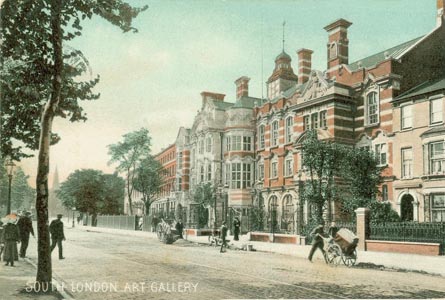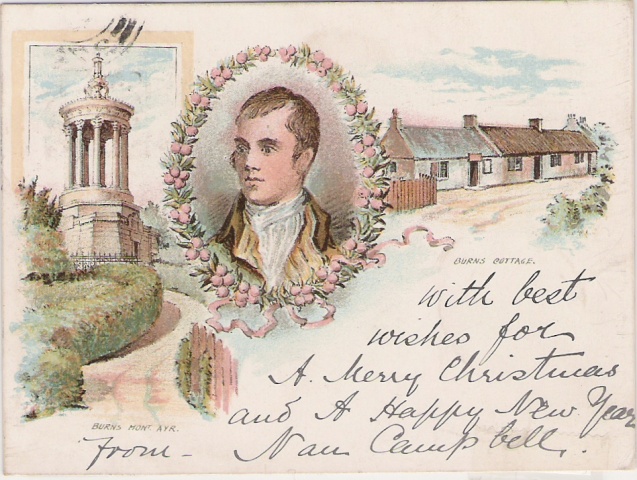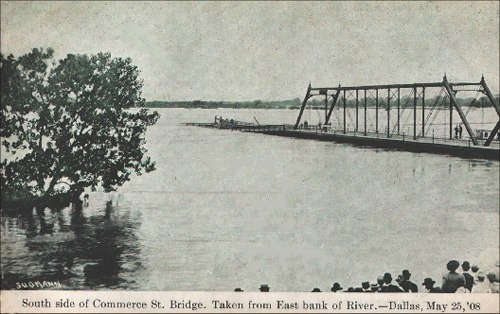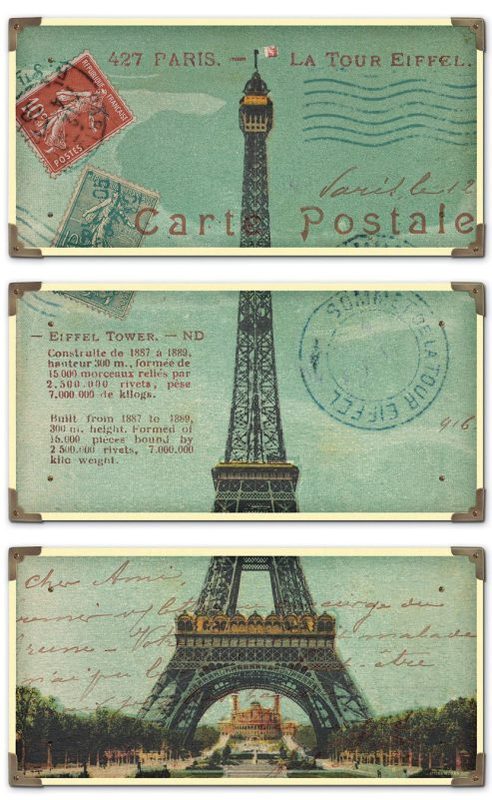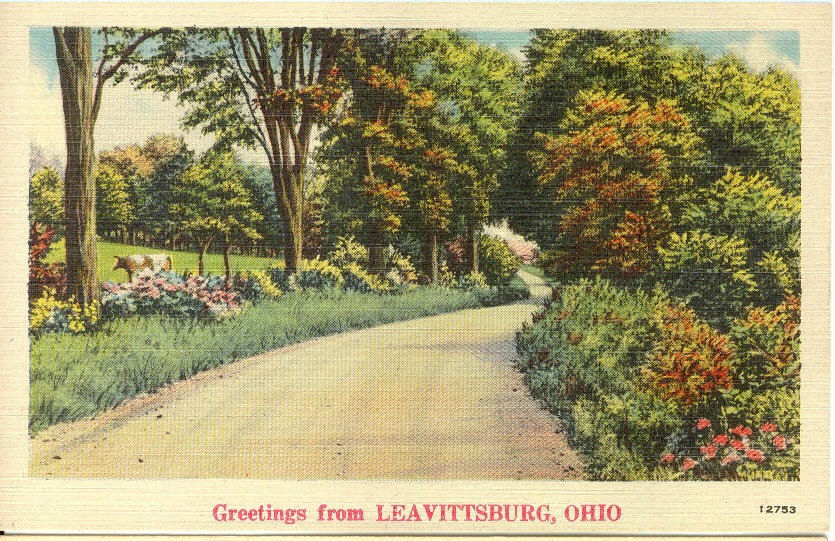 |
||||
|
The History of Postcards
The tradition of sending postcards did not appear out of thin air. The global postal system made a number of innovations during the 1800s that helped create this new postal age. One such innovation was the introduction of uniform penny postage stamps in Great Britain in 1840 that made mail delivery easy and affordable. The postage stamp quickly gained popularity. Prior to that prices for shipping letters was based on the distance the mailman had to travel. Stamps also changed how fees were collected. Originally fees were not collected up-front from the sender, but instead a surprised recipient would find a mailman on his or her doorstep, demanding payment. Under that system post offices had been losing money, for recipients would often refuse their mail and the postman would be sent away unpaid. In 1837 Rowland Hill proposed that letters be charged by weight, not distance, and the fee be collected in advance from the sender. This new procedure transformed the postal system and it paved the way for people to send postcard letters for a very small fee. The direct ancestor of postcards is envelopes printed with pictures on them. These first decorative envelopes are believe to be first produced by D. William Mulready, E.R.W. Hume, Dickey Doyle, and James Valentine. The envelopes were often printed with pictures of comics, Valentines, musical notes and patriotic pictures (Patriotic Covers) during the Civil War period of 1861-1865. Austria became the first country to publish the postcard, but not the first to conceive of the idea. A few years earlier, German postal official Dr. Heinrich von Stephan submitted a proposal for such an object, which was then fiercely debated and not executed in North Germany until July 1870, a year after Austria introduced the postcard to their country. Within two years, variations of the postcard had quickly spread across Europe. Canada introduced the postcard in 1871 and the United States introduced officially issued postcards in 1873. In 1875, delegates of 22 countries met in Switzerland as the General Postal Union and established a standard postage rate and government issued card to be exchanged between countries in the union; four years later they renamed themselves the Universal Postal Union.
The first postal card was suggested by Dr. Emanuel Herrmann, in 1869, and was accepted by the Austrian-Hungarian government in the same year. The first regularly printed card appeared in 1870, a historical card, produced in connection with the Franco-German War. The first advertising card appeared in 1872 in Great Britain. Cards showing the Eiffel Tower appeared in 1889. A Heligoland card of 1889 is considered to be the first multi-coloured card ever printed. Prior to photography came the lithograph print, woodcuts and broadsides - the technology for mass printing of artwork simply wasn't available. Printing technology quickly advanced in the nineteenth century, especially amongst French and Germany publishers which experimented with special edition postcard sets by the most eminent artists of the time period. In Great Britain, a ban on larger dimension postcards slowed down artistic innovations in postcard design, whose measurements were standard in most European countries in the Universal Postal Union - The standard size postcard has remained largely unchanged even up to the present day. As their popularity grew postcards became a primary way to send friends and family a snapshot of one’s surroundings while traveling, or even photographs of one’s home or family during the Yuletide. Common postcards from the late 19th century included scenes from British and French colonies, and also scenes from Morocco, Egypt, and India. Women in many of these cards cover their faces with a burqa or veil. Such cards are valuable for researchers interested in the iconography of indigenous people in colonies, and is a popular topic for those interested in collecting old postcards.
Some post cards also depict many peculiar and exotic scenes or events, including natural disasters. One such series of postcards trace the aftermath of the 1908 Dallas flood; wherein men in bowler hats sail past flooded electrical poles and submerged taverns in make-shift rowboats; men in suits sit atop floating train cars, waiting for help in the deluge. Deltiology is the formal name in the USA for postcard collecting, and remains the third largest collectable hobby in the world. It is surpassed only by coin and stamp collecting. [Baseball/sports card collecting is limited to the USA and isn't really popular overseas.] The popularity of post cards and the collecting of them can be attributed to their broad subject appeal. Almost any subject imaginable has been, at some time, portrayed on a postcard. The broad subject range comes as a result of the social use the cards were designed for and it remains the most popular form of souvenir for travelers as well as an economical means of advertising a business product or service. The standard card showed an image on one side and the other side was left blank for writing the address and a short message to the recipient. In the USA, the earliest known exposition card appeared in 1873, showing the main building of the Inter-State Industrial Exposition in Chicago, and was meant to advertise the event. This card as well as other early advertising cards, usually bore vignette designs and were not originally intended for souvenirs. During this period all privately printed cards required the regular two cent letter rate postage, whereas the official USA government printed postcards required only one cent. Private Mailing Card Era, 1898 - 1901 Starting in 1898, American publishers were expanding postcard printing services and were allowed to print and sell postcards bearing the inscription, "Private Mailing Card, Authorized by Act of Congress on May 19, 1898". These private mailing cards were to be posted with one cent stamps (the same rate as USA government postcards). This was perhaps the most significant event in the USA to enhance the use of private postals.
The Golden Age, 1901 - 1907 In 1901, the U.S. Government granted the use of the words "Post Card" to be printed on the undivided back of privately printed cards and allowed publishers to drop the authorization inscription previously required since 1898. As in earlier eras, writing was still limited to one side of the card, but now other countries began to permit the use of a divided writing side so that the left side was for writing messages and the right side for the address. England was the first country to permit the divided back in 1902, France followed in 1904, Germany in 1905 and finally the USA in 1907. These changes plus increased literacy ushered in the "Golden Age" of postcards as millions were sold and used. Divided Back Era, 1907 - 1915 By this period, a divided section for writing was almost universal, except in a few monopolistic governments. Prior to and during this period, a majority of American postcards were actually printed in Europe, especially in Germany whose printing methods were regarded as the best in the world. However the economics of this era, the rising import tariffs and the outbreak of war (World War I started in 1914) led to a swift decline in the cards imported to North America. Thus the political strains of the day brought about the end of the "Golden Age" as publishers in North America began to claim a larger part of the pie. Early Modern Era (White Border), 1916 - 1930 During this period, American technology advanced allowing them to produce higher quality cards, although often publishers produced cheaper inferior ones in order to compete in the saturated market place. Public appeal changed and greeting card publications declined. However the view card market remained strong. The cards of this era were usually printed with white borders around the picture, thus the term "White Border Cards".
Linen Card Era, 1930 - 1945 Changing technology now enabled publishers to print cards on a linen type paper stock with very bright and vivid colours. View and comic cards were the most often published. Sets and series were few and far between and the greeting card was almost exclusively replaced with the new French-fold cards. Among the best cards of this era are the political humor cards of World War II. Modern Chrome Era, 1939 - Present The Union Oil Series began in 1939, launching the new era of photochrome cards. Photochromes are commonly called "Modern Chromes", are still the most popular cards today. Since the earlier days of fine printing craftsmanship, these are the best reproductions to come along in years and commonly sought by collectors. Despite the increase in postal rates for postcards from one cent to significantly higher prices, postcard popularity continues to rise. The old greeting postcard style is making a big return, though usually seen as reproductions of older cards, despite new original art is being produced. View Cards View cards have, since postcards began, been the mainstay of the collecting field. People have long collected and traded cards of their home towns and places they have visited. View cards offer historic reference to buildings, streets, and even towns which may no longer exist or that have changed significantly over time. Even views produced in the photochrome (modern chrome) era may no longer look the same. The earliest cards offer much in the social history of the times as we look at early forms of travel and the beginnings of telegraph, telephone and power lines. The messages written on the cards often give us insight as to the picture shown or the sentiments of the day.
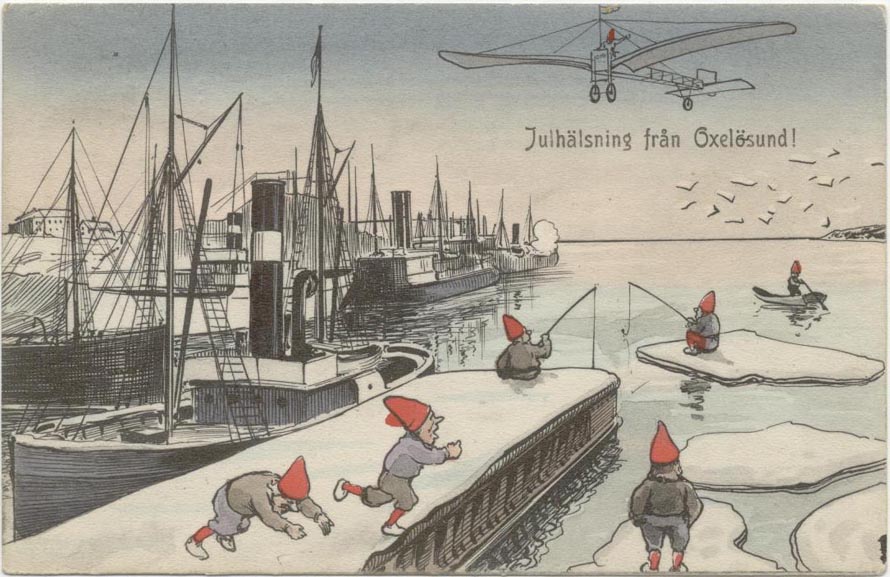 Greeting Cards The greeting card is almost as basic as the view card in the earlier eras, though as time has shown, it's popularity declined. Christmas, Easter, Birthdays and most other holidays and special occasions were well represented and are fairly common. However some greetings such as the "Labor Day" cards, are considered scarce. Today most collectors choose a topic within a specific holiday in order to limit their searches. For example some choose Christmas cards depicting Santa in green robes only. Early greeting cards are some of the most beautiful cards every printed. Publishers competing for sales, printed cards using intricate embossing techniques, high caliber art work, superior inks, expensive lithographic processes and even novelty additions such as glitter, ribbons, silk and feathers.
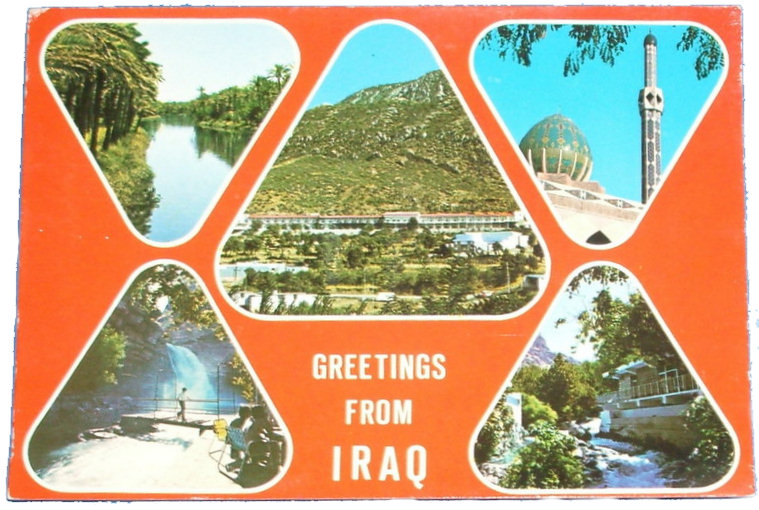 Historical Cards Historical cards are printed to commemorate events such as war, social problems, expositions, parades, coronations, politics...These cards offer much to the serious collector in the way of increased value. This is a wide open field with much to offer anyone interested in twentieth century history. Often this type of card was made of a real photograph with few copies being offered for sale. This is especially true of disaster cards depicting floods, fires, wrecks...Often the historical significance of a card comes form the message written by the sender. Art Cards The art card is probably the most important category in antique postcards. Unlike the view or greeting card, most art cards were special interest cards when they were printed and in most cases brought a much higher price. This rarity, combined with the skill of the artist of this period, make these cards very popular among collectors today. To better understand this popularity, think of these cards as 3 1/2" x 5 1/2" original high quality prints, which they are, instead of as postcards. Artists could make more of a profit off their works by selling postcard prints of their work and this created extra income. This booming market drew the very best artists of the period, creating a wealth of quality material unmatched in the art world. Also at this time, various publishers have produced series of "Old Master" art reproductions, often with intensity and depth of colour as they spared no expense in printing the best quality. Photographic Cards Coming into their own recognition as art cards are the fantastic photographic art cards. These real photo art studies of beautiful women, children, lovers and are often hand tinted in great detail and in colours which almost defy description. Also made popular were the photomatage techniques which allowed photos to be altered into original art creations.
|
|
|||
|
|
||||
|
|
||||
